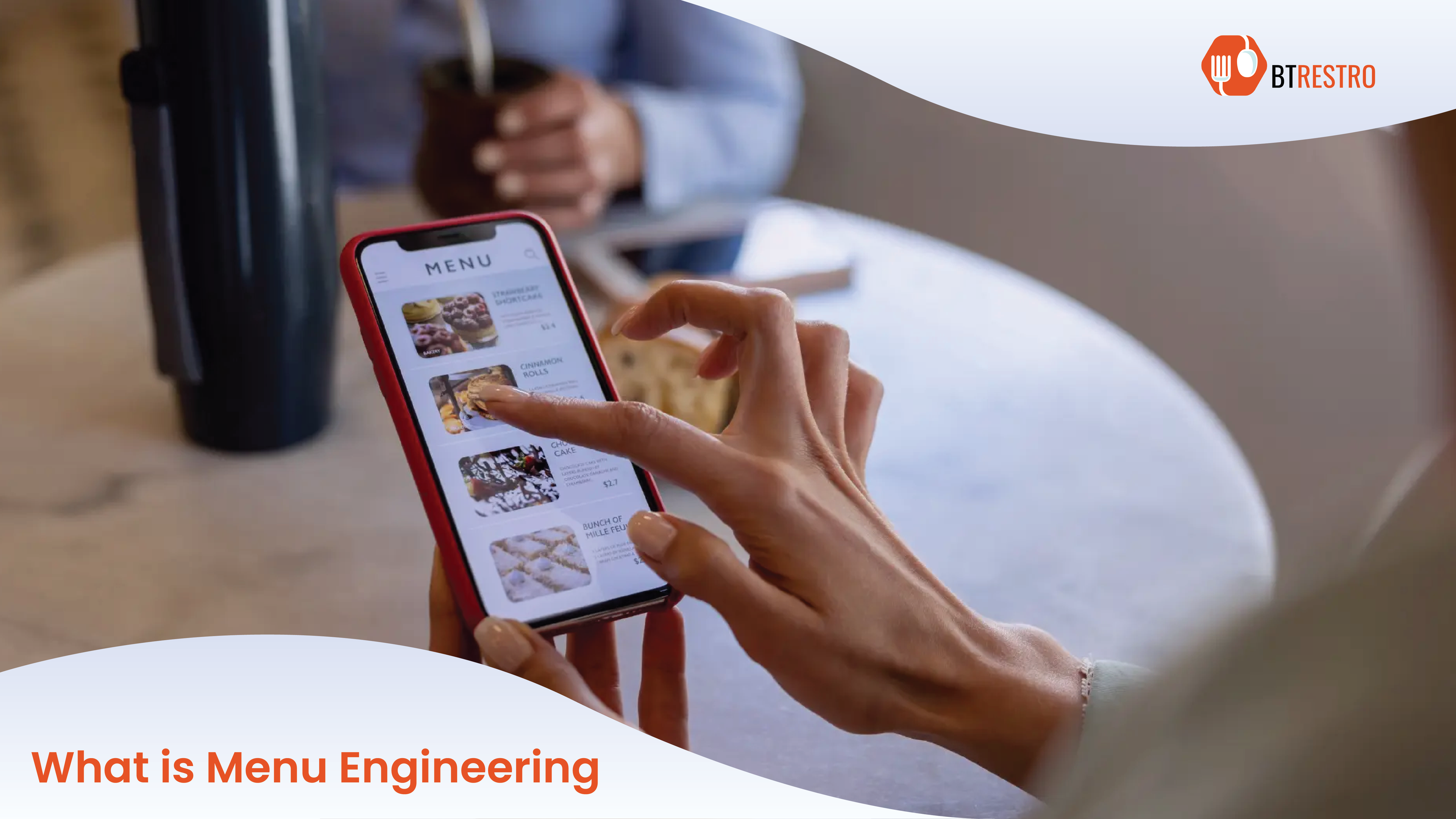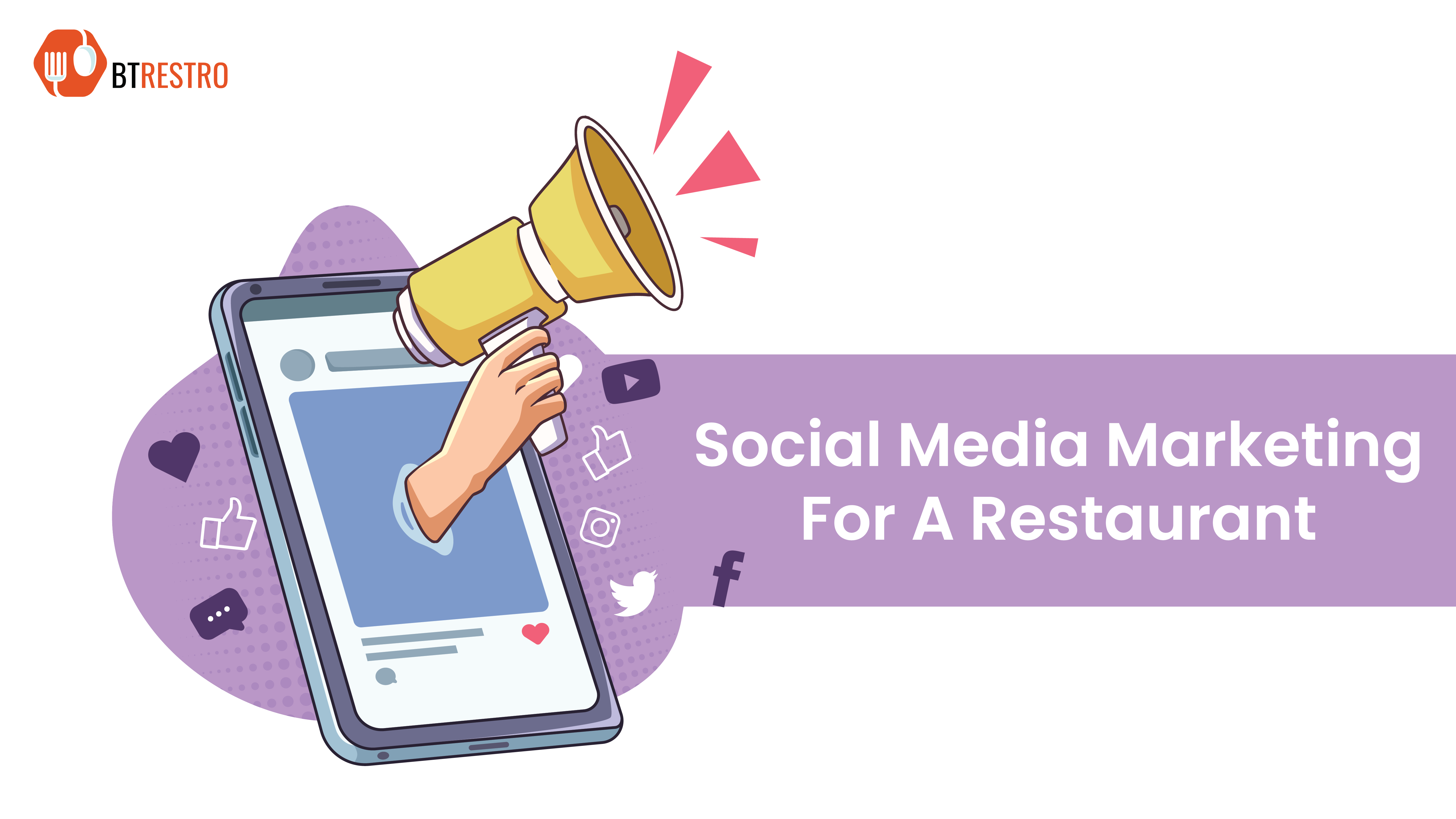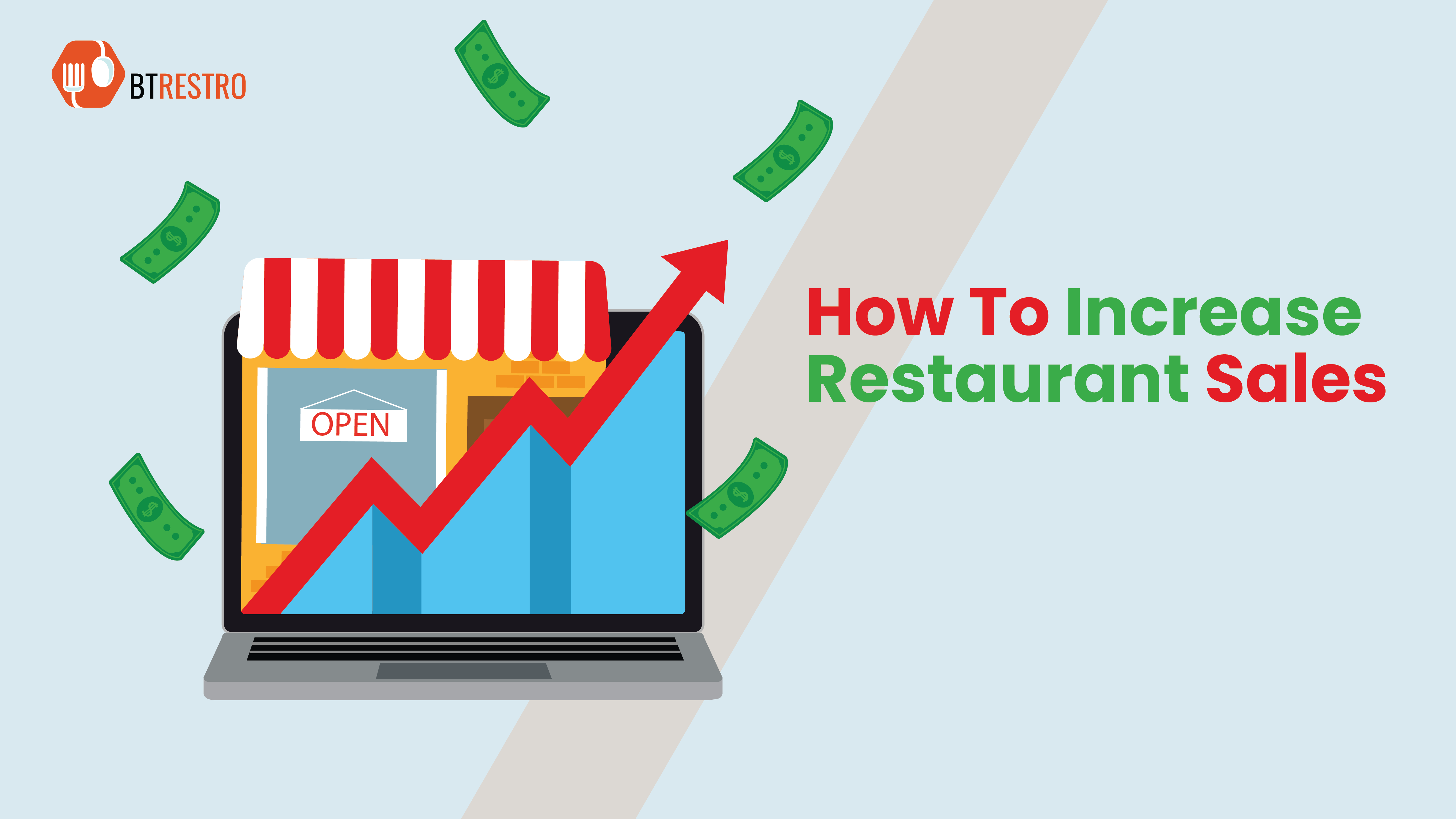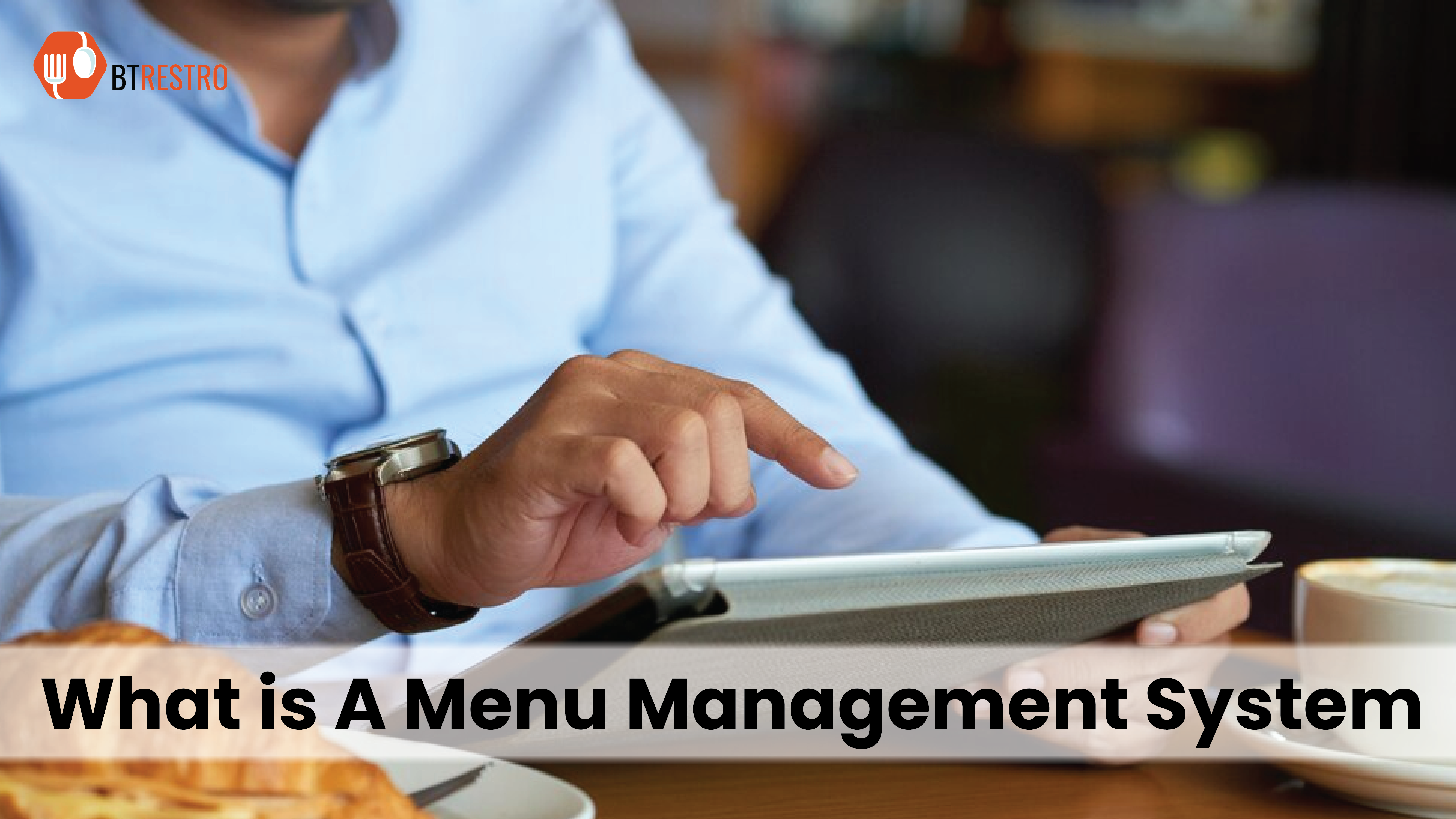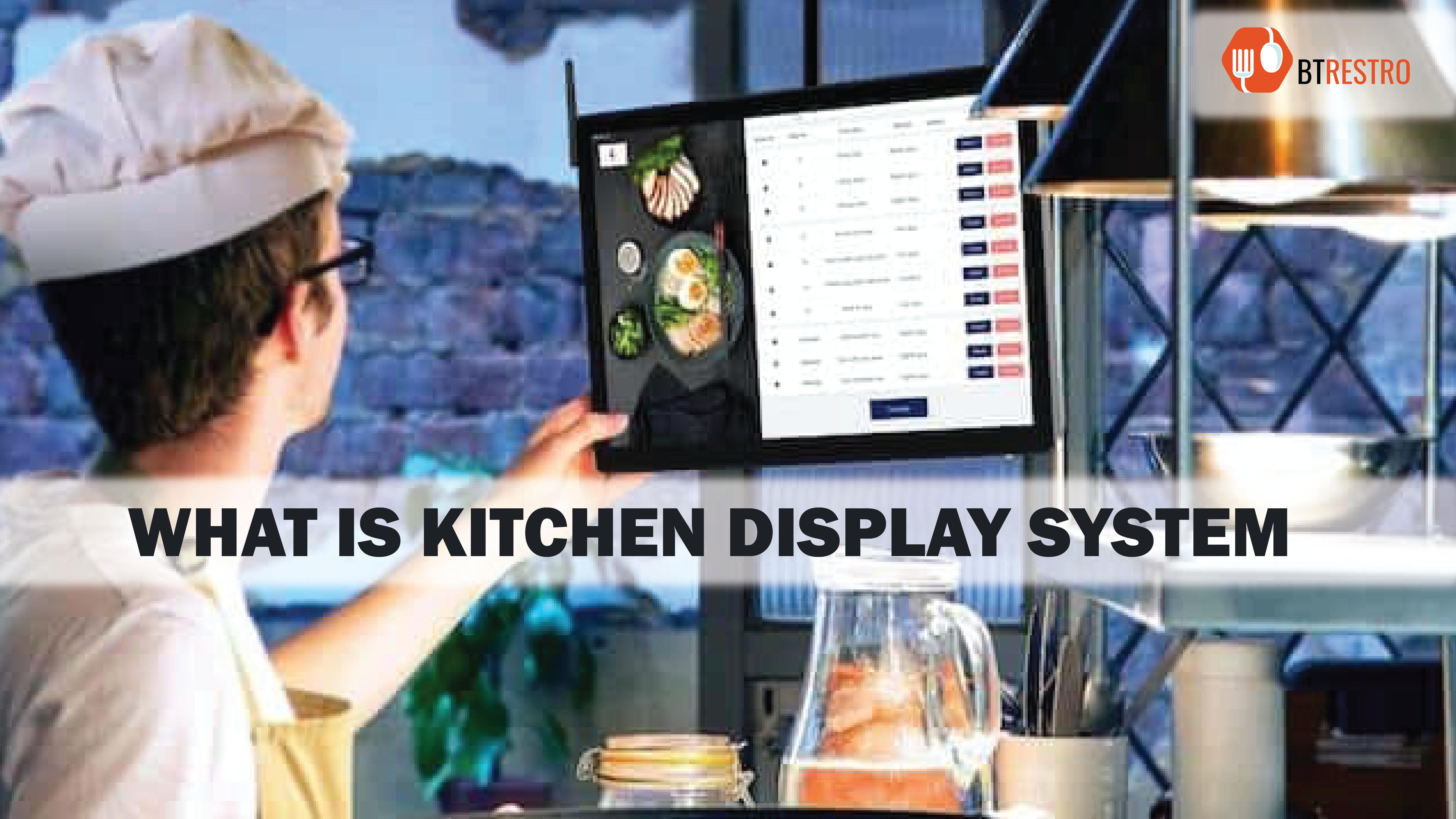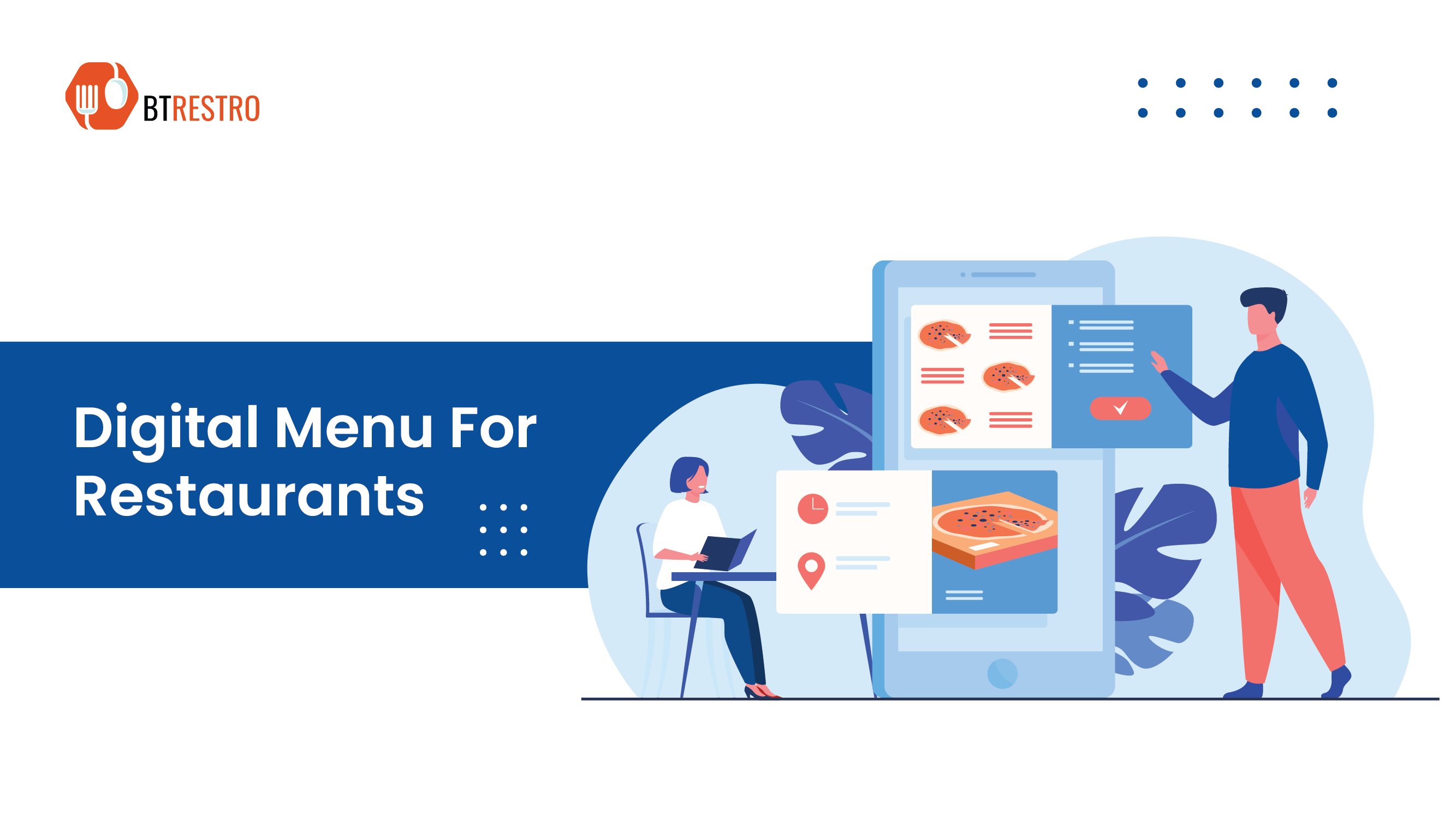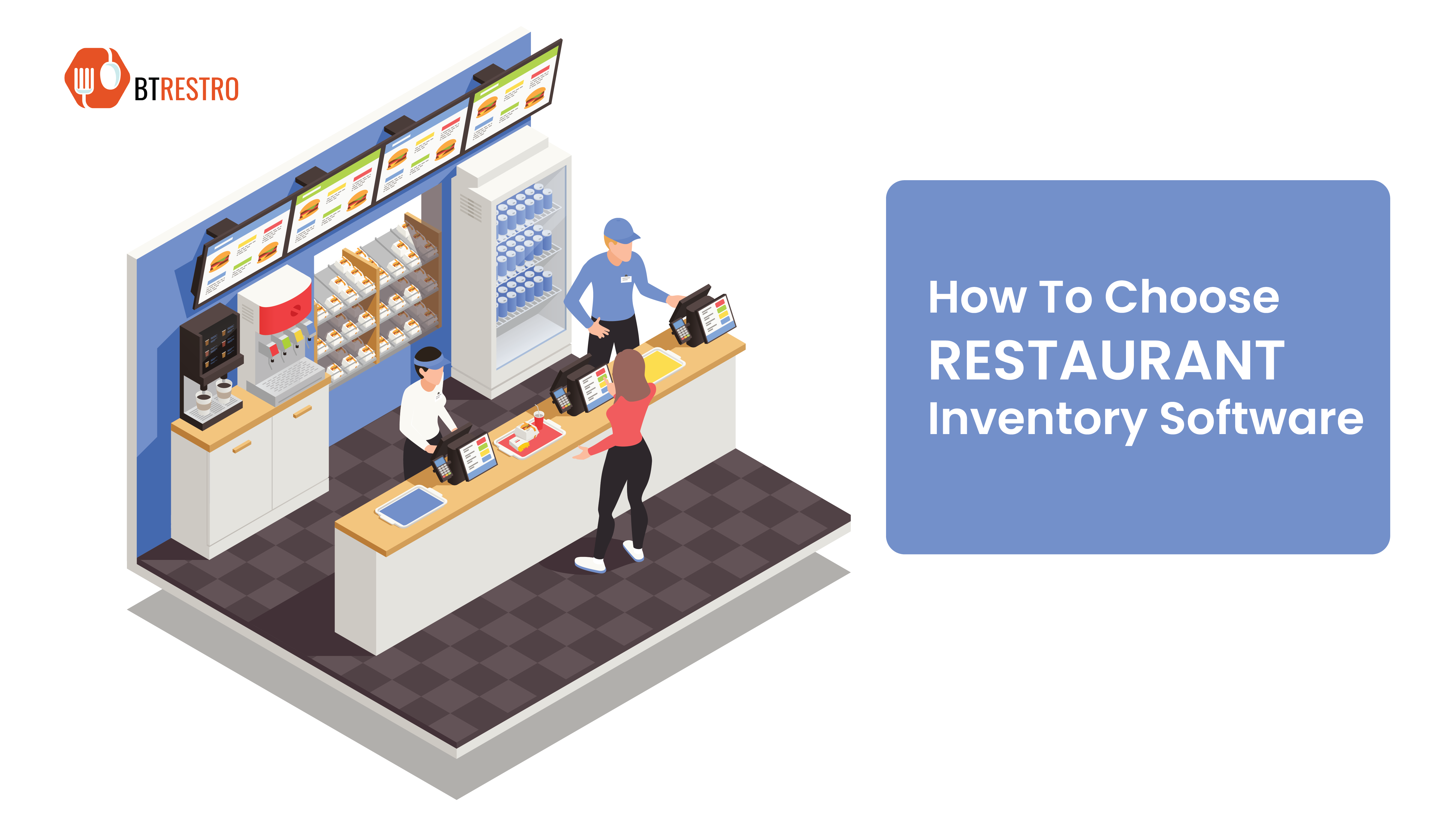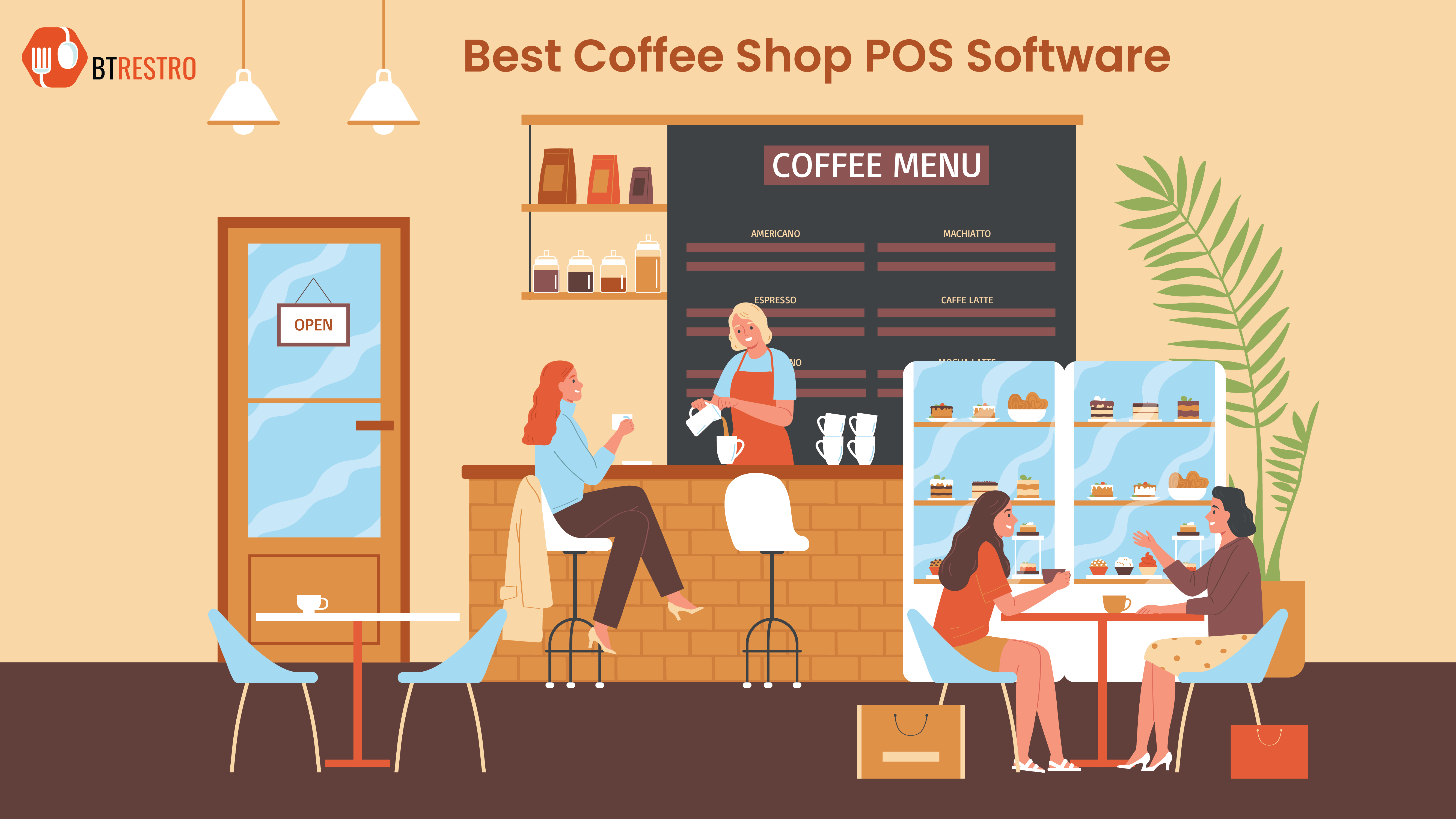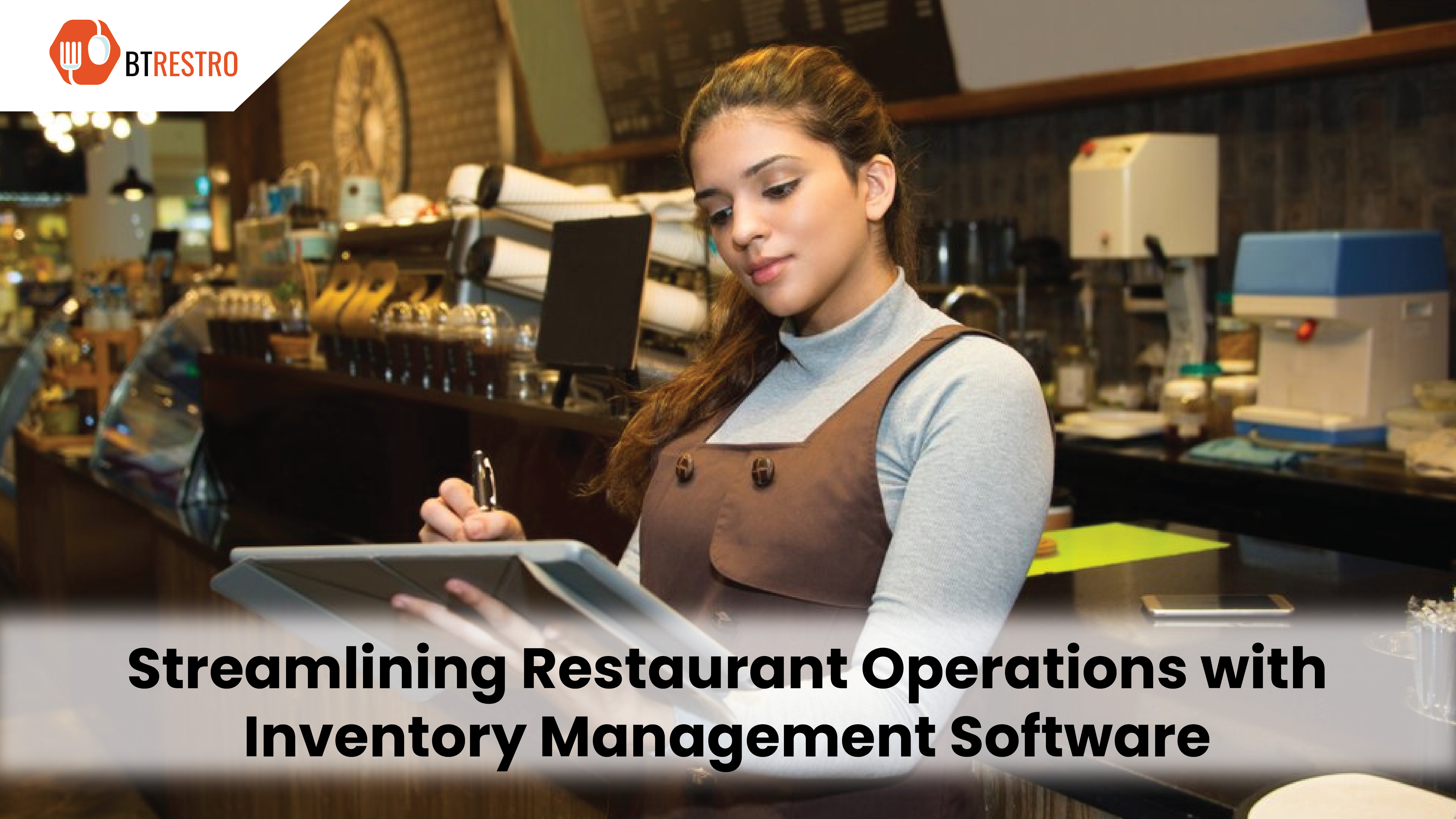Success In The Highly Competitive Restaurant Industry Is Determined By Many Factors. Menu Engineering Is One Such Essential Element. This In-depth Manual Dives Into The Depth Of Knowledge Restaurant Managers And Owners Need To Successfully Improve Their Menus By Explaining The Intricacies Of Menu Engineering, Its Importance, Strategy And Application.
What Is Menu Engineering ?
Menu Engineering Is A Systematic Way To Maximize Profits And Improve Customer Satisfaction. It's Not Just About Listing Food Or Creating Attractive Menu Layouts. It Involves Evaluating The Effectiveness Of Menu Items, Strategically Pricing Them, And Arranging Them To Favorably Influence Customers' Decisions.
Importance Of Menu Engineering
Menu Engineering Plays An Important Role In Increasing Profits And Improving The Customer Dining Experience In The Highly Competitive Restaurant Sector. Visually Analyze Your Menu And Optimize Your Restaurant Bottom Line Through Optimization.
Can Control Expenses And Provide A Memorable Dining Experience To Your Customers. Let Us Know About The Main Menu Engineering Ideas Which Are Essential For The Importance Of Menu Engineering.
1. Maximizing Profits:
Maximizing Profitability Is The Main Objective Of Menu Engineering. Restaurants Can Make Well-informed Decisions About Pricing, Portion Sizes And Ingredient Costs By Thoroughly Examining The Profitability And Popularity Of Their Menu Items.
This Approach Ensures That High Profit Margin Food Is Given More Attention And Less Profit Margin Food Is Balanced Out Allowing Restaurants To Optimize Their Profitability And Achieve Financial Success And Stability In A Competitive Marketplace.
2. Guiding Customer Choices:
Menu Engineering Has The Ability To Influence Customers' Decisions And Point Them In The Direction Of Particular Products. Some Restaurants Can Be Highlighted By Strategic Placement, Design Elements And Attractive Details.
Which Increases The Likelihood That The Consumer Will Choose Them. Restaurants Can Steer Consumers Toward Profitable Selections And Increase Overall Revenue By Highlighting Foods With Larger Profit Margins Or Promoting Seasonal Dishes.
3. Enhancing Customer Experience:
More Than Just Making Profits, The Purpose Of Menu Engineering Is Also To Enhance The Fine Dining Experience For Customers. Restaurants Can Provide A Memorable Experience By Creating Menus That Reflect Customer Preferences By Offering A Variety Of Options And Presenting Dishes In An Attractive Manner.
Create Clear Well-designed Menus With Captivating Images And Information. Which Increases Customer Happiness And Loyalty.
4. Controlling Costs And Reducing Waste:
Menu Engineering Not Only Increases Sales But Also Reduces Expenses And Not Only This, Food Wastage Also Ends. Restaurants Can Balance Restaurant Profitability By Analyzing Ingredient Costs And Portion Sizes. This Helps In Inventory Control And Also Helps In Reducing Food Wastage.

Strategies For Successful Menu Engineering ?
Menu Engineering Success Requires A Calculated Approach And Close Attention To Detail. Here Are Some Successful Tips:
- Analyze Sales Data: The Basis Of Menu Optimization Is This Data-driven Method Of Using Food Sales Data To Determine Which Products Sell The Best And Which Perform The Lowest.
- Implement Menu Psychology: Use The Concepts Of Menu Design, Font Style And Color Schemes To Influence Customer Decisions And Promote Attractive Food.
- Highlight Signature Dishes: Display Special Or Trademark Foods In A Conspicuous Manner To Draw In Customers And Make Their Meal Experience Unforgettable.
- Regular Menu Updates: Keep The Menu Interesting By Adding Seasonal Specials, Rotating Dishes And Limited-time Offers To Attract Repeat Visitors And Create Excitement.
- Utilize Menu Engineering Tools: Take Advantage Of Software And Technology Solutions Designed Specifically For Menu Analysis And Optimization To Accelerate The Process And Optimize Results.
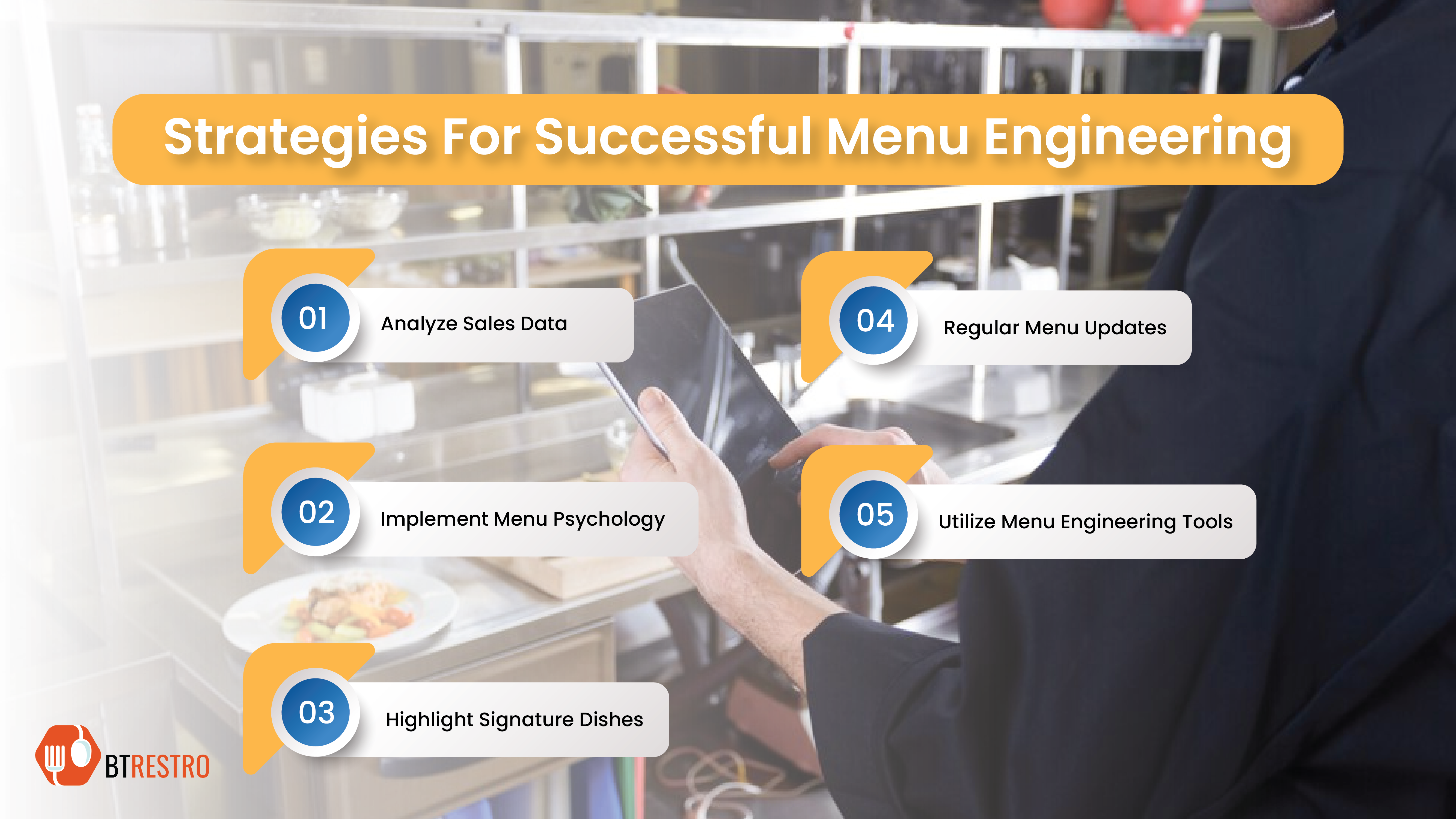
Menu Engineering Categories
Menu Items Are Commonly Divided Into Four Primary Groups In Menu Engineering Based On Their Popularity And Profitability. Restaurants Can Better Prioritize Their Items For Optimization Using These Categories. Below Are The Following Four Groups:
1. Stars: High Profitability And High Popularity
These Are Menu Items That Apart From Being Greatly Appreciated By The Customers, Are Also Very Profitable For The Restaurant. Stars Represent The Best Products That Have A Big Impact On A Restaurant's Revenue And Profit Margin.
2. Puzzles: High Profitability And Low Popularity
Although The Puzzle Category Is Not Very Popular Among The Customers, These Items Are Very Beneficial For The Restaurants As They Bring In Money For The Restaurants. These Products May Appeal To A Certain Segment Or May Not Be Adequately Advertised. Puzzles Contribute Significantly To The Profitability Of Restaurants, Even If Their Sales Volumes Are Low.
3. Plowhorses: Low Profitability And High Popularity
Although Plowhorses Items Are Quite Popular With Customers, Plowhorses Are Much Less Profitable For The Restaurant. Even If Some Products Have High Sales Volumes, Their Low Profit Margins Can Reduce Overall Profitability.
4. Dogs: Low Profitability And Low Popularity
Dogs Are One Of The Menu Category Items That Are Not Very Profitable Or Popular. These Products Usually Drain A Restaurant's Resources Due To Their Poor Profit Margins And Low Sales Volume. If Restaurants Want To Increase Overall Profitability They May Want To Consider Removing These Products.
Menu Design For Maximum Profitability
There Are Several Important Factors That Should Be Taken Into Account When Designing A Menu For Profitability In Order To Maximize Sales And Profit Margins. Here Are Some Ways To Do This That You Can Implement In Your Restaurant:
- Strategic Placement Of High-profit Items: High-profit Food Item Menus Should Be Arranged To Attract Attention And Promote Consumer Orders. To Attract Customer Attention, Place Them In Places Like The Upper Right Corner Or Border So That The Customer's Attention Goes To Them First.
- Pricing Strategy: Adopt A Pricing Approach That Maximizes Profitability Without Causing Any Inconvenience To Customers. Drive Buyers Toward Higher-margin Items Using Strategies Including Tiered Pricing, Anchoring And Decoy Pricing While Preserving Clear Value.
- Menu Engineering: Sort Menu Items According To Popularity And Profitability Using Menu Engineering Concepts. Reduce Prominence When Emphasizing Or Showcasing Star Products. Adjust Descriptions And Prices To Highlight Profitability.
Implementation Of Menu Engineering
Menu Engineering Involves Several Steps To Properly Evaluate, Plan, And Optimize A Restaurant Menu Offerings:
- 1. Data Collection: Start By Taking Detailed Data On Expenses, Sales, And Customer Preferences. This Involves Tracking Each Menu Item's Sales Volume, Revenue And Associated Food Costs And Profit Margins.
- 2. Menu Analysis: Analyze The Data Collected To Find Patterns, Trends And Insights Into How Well Menu Items Are Performing. This Involves Classifying Products According To Their Profitability And Attractiveness As Well As Evaluating How Much Impact They Have On Total Sales And Profits.
- 3. Price Analysis And Adjustment: Consider Profitability And Market Demand When Setting The Price Of Menu Items. Adjust Prices As Necessary To Maximize Profitability While Maintaining Competitiveness. This May Include Lowering Prices For Low-demand Items And Raising Prices For High-profit, High-demand Items To Boost Sales.
- 4. Menu Layout And Design: Vary Menu Structure And Format To Showcase Highly Profitable Food Items And Promote Upselling. Use Techniques Such As Highlighting Beneficial Products And Eye-catching Descriptions To Draw Attention To Specific Menu Selections.
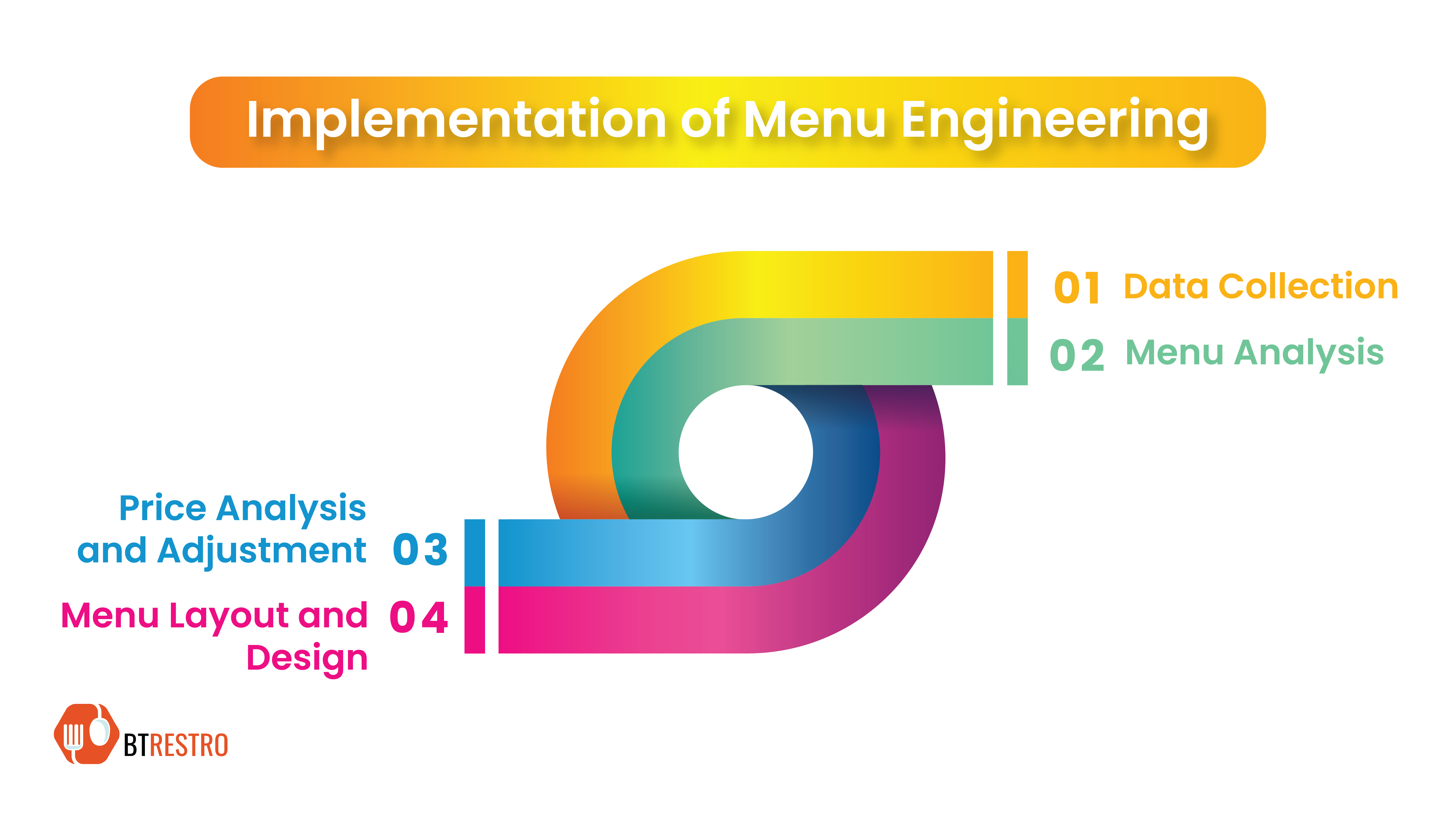
Conclusion:-
In The End, Where Can This Go, Menu Engineering Is A Powerful Tool To Maximize The Profits, Improve The Satisfaction Of The Customer And Maintain Its Competition In The Market Of Sometimes Developed Food Items. Is A Powerful Tool.
The Owners And Managers Of The Restaurant Can Design Menu That Attract Customers. Menu Can Increase The Benefit Of Your Restaurant By Understanding The Basic Principles Of Engineering And Putting Strategic Approaches Into Practice.

